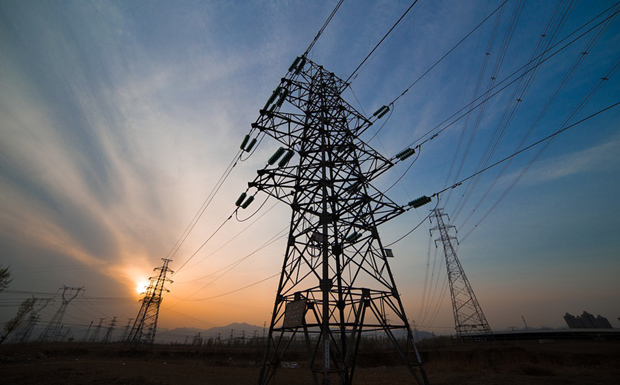
March 26, 2018
State governments have spent up to $20 billion more than was needed on the electricity grid, according to a new Grattan Institute report released on Monday.
The end result is that households and businesses are paying $100 to $400 more for power each year than they should.
“Down to the wire: A sustainable electricity network for Australia” shows that customers in Queensland, NSW and Tasmania are paying a heavy price for poor government decisions.
The report calls on those state governments to write down the value of their power assets to reduce electricity bills, or give direct rebates to customers.
The Grattan report says the cost of the National Electricity Market’s power grid rose from $50 billion in 2005 to $90 billion today.
But Grattan says up to $20 billion of that was not needed to cover growth in population, consumption, or even demand at peak times.
There have been some improvements in reliability of supply, but not enough to justify the spending.
The over-investment was overwhelmingly in Queensland and NSW.
In 2005, both state governments required their network businesses to build excessive back-up infrastructure to protect against even the most unlikely events.
At the same time, growth in demand for electricity slowed, as appliances became more energy efficient and more households installed solar panels.
The Grattan report warns that unless state governments fix the mistakes of the past, consumers will continue to pay for assets that are neither used nor useful.
In addition, power prices that are higher than they should be will lead to poor investment decisions in future.
In Queensland and Tasmania, where the businesses are still state-owned, Grattan recommend the government should write down the value of the assets.
This would mean they would forego future revenue in favour of lower electricity bills.
In NSW, intervening to revalue the privatised businesses would create too many problems, so the government should instead use the proceeds of the privatisations to fund a rebate to consumers.
Grattan advised that to prevent the mistakes happening again, state governments should move to full privatisation, because the evidence showed that privatised electricity businesses delivered lower prices for consumers without compromising reliability or safety.
It also advised governments to change the way electricity is priced, so all consumers could see when demand was high.
Network costs would fall if customers reduced their consumption at critical peak periods.
“Consumers are copping the bill for the past excessive spending on the electricity grid,” Grattan Institute Energy Program Director Tony Wood said.
“Governments should act now to give some of that money back to consumers, and to ensure we have a more sustainable and affordable electricity network.”
- External link: Grattan report
* * *

On Monday the Liberal National Party called on the Palaszczuk Labor Government to “end its electricity rort” in light of the Grattan Institute report.
The report found Ergon and Energex’s distribution networks were being massively overvalued to justify higher bills to the Australian Energy Regulator.
The report said the value of the “poles and wires” should be written down by between $1.7bn and $3.9bn – a policy the LNP took to the last state election.
“Labor has been caught with its hands in the pockets of Queensland households again,” LNP Deb Frecklington said.
“Labor is using dodgy accounting to overcharge consumers and generate bumper profits for the State Government.
“Every electricity bill in Queensland comes with a massive hidden tax.
“At the last election the LNP said we would write down the asset base by $2 billion, saving households an estimated $760 over three years.
“The Grattan Institute’s report confirms our policy would have cut bills for Queenslanders.
“Queenslanders can’t wait for next election to stop this rort.
“Labor needs to come clean on this scam, write down the value of power assets and cut power bills for Queenslanders.”
Related articles:























